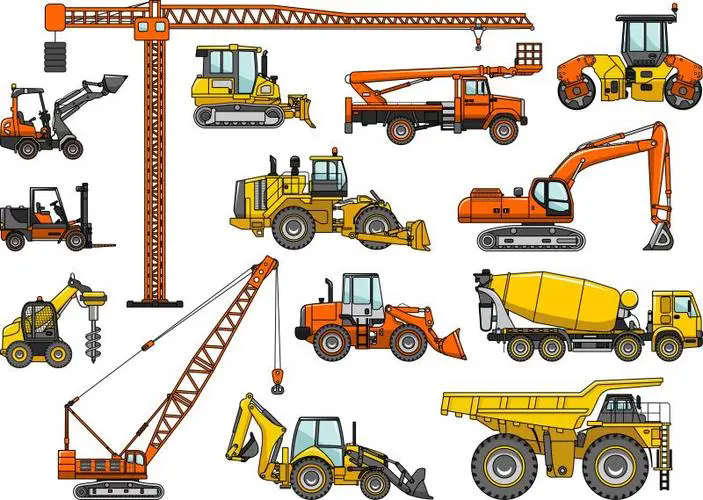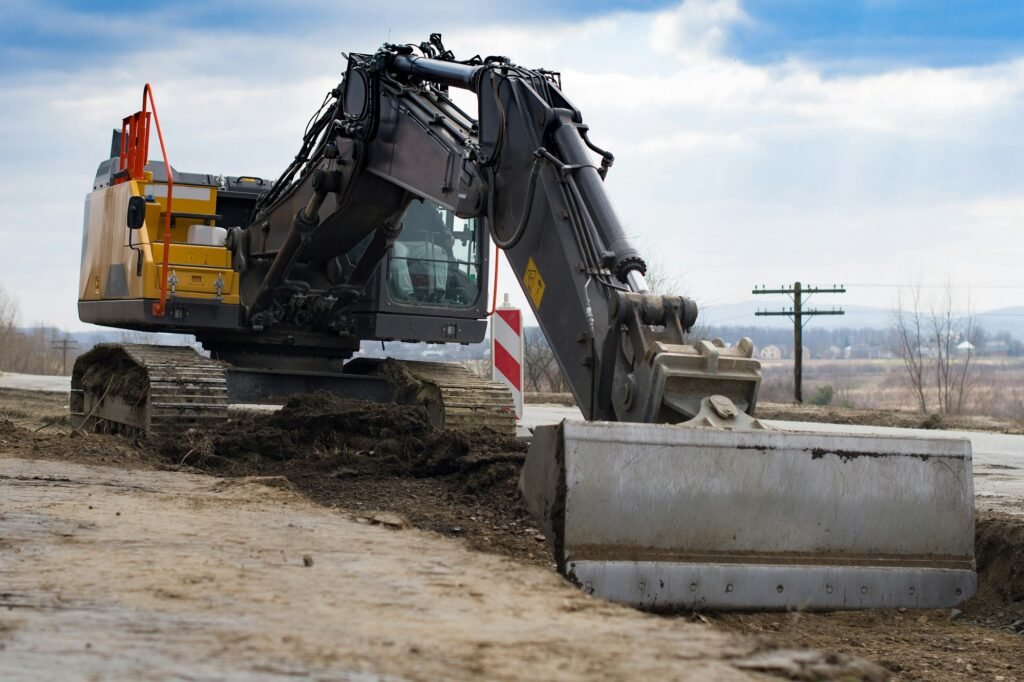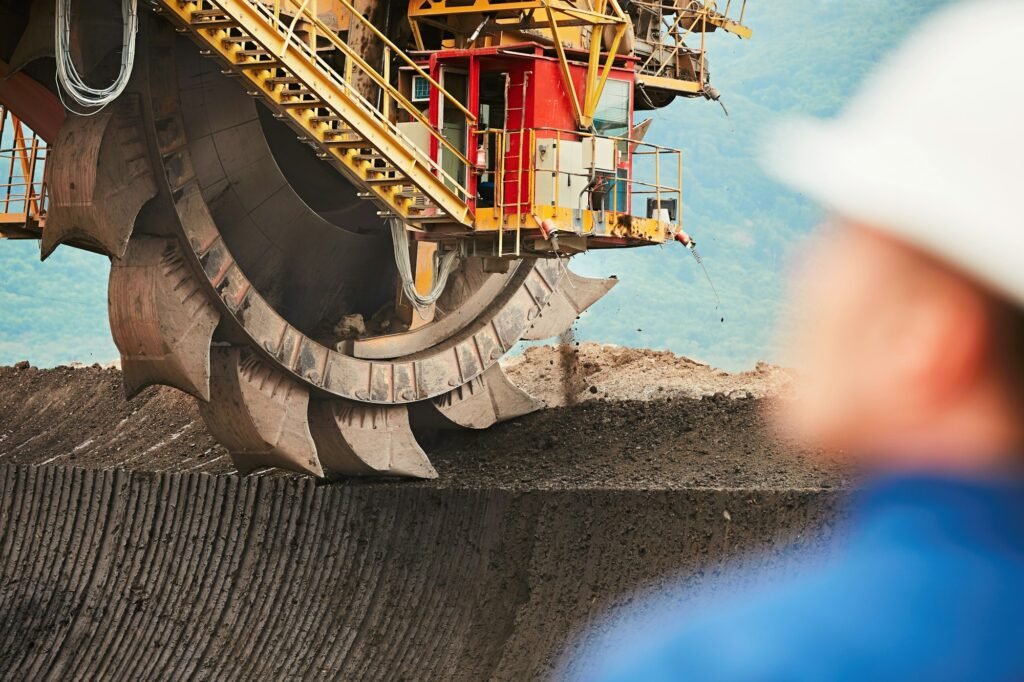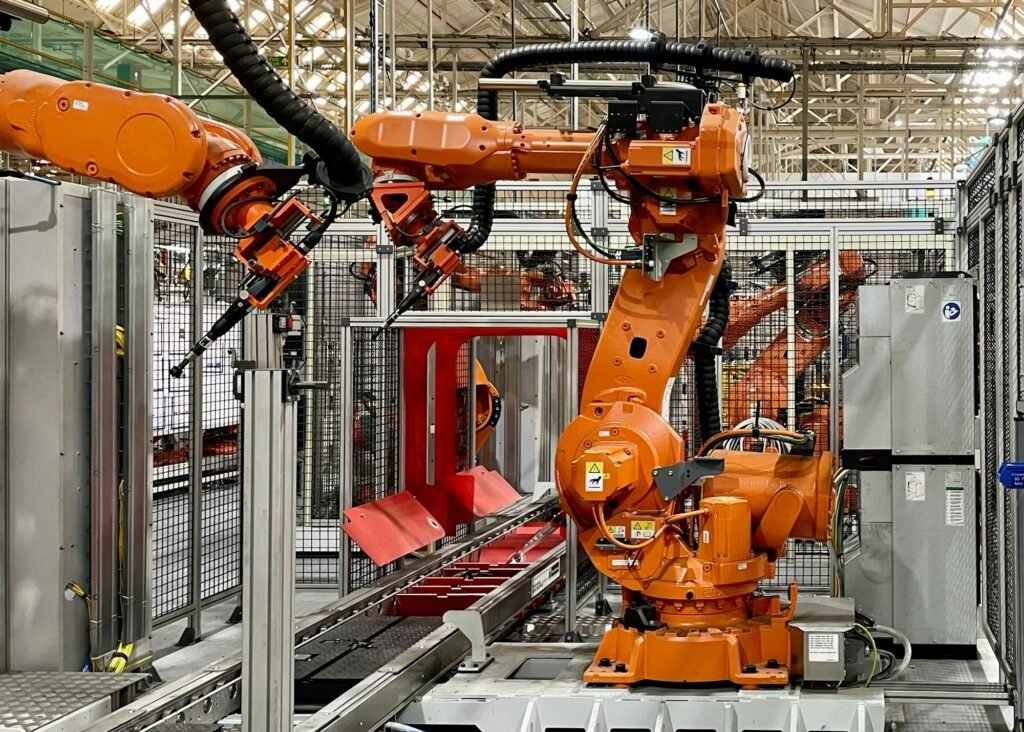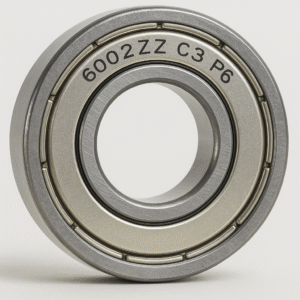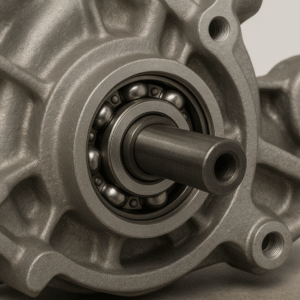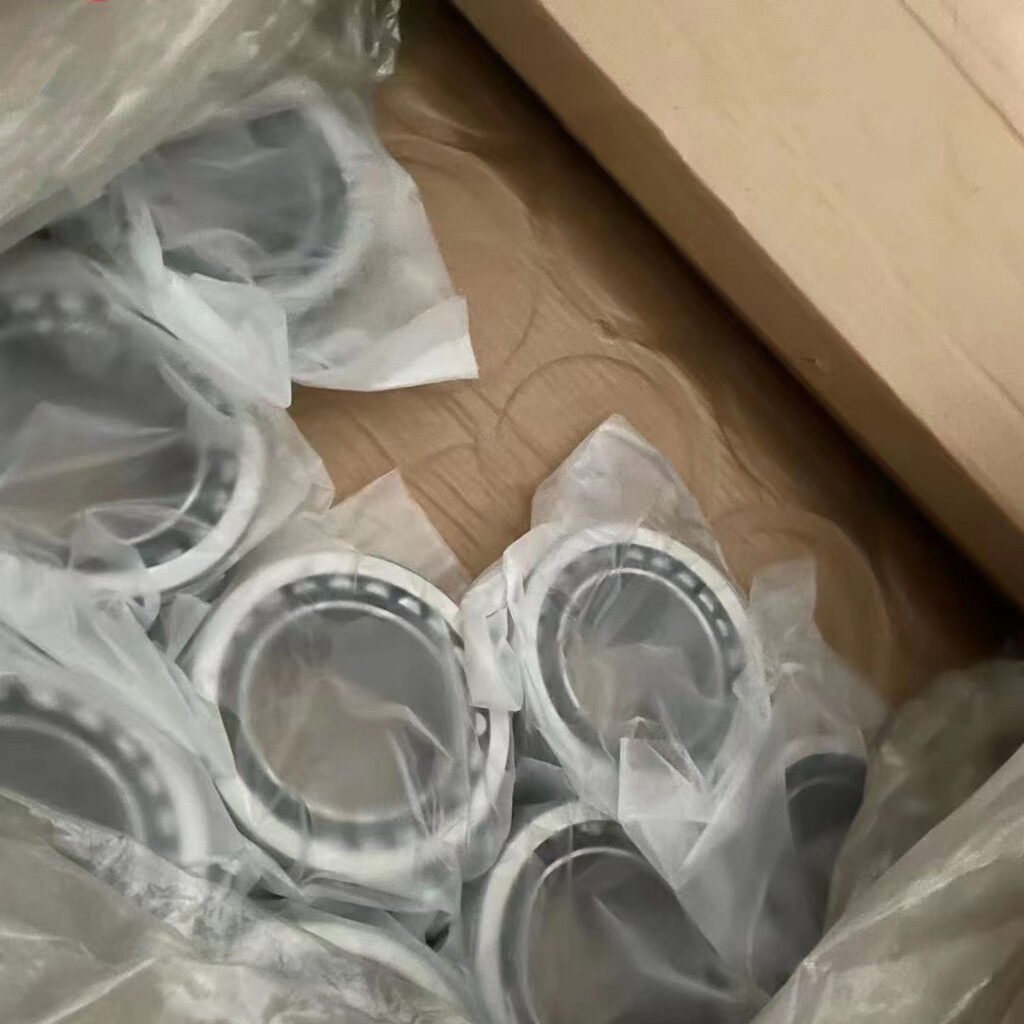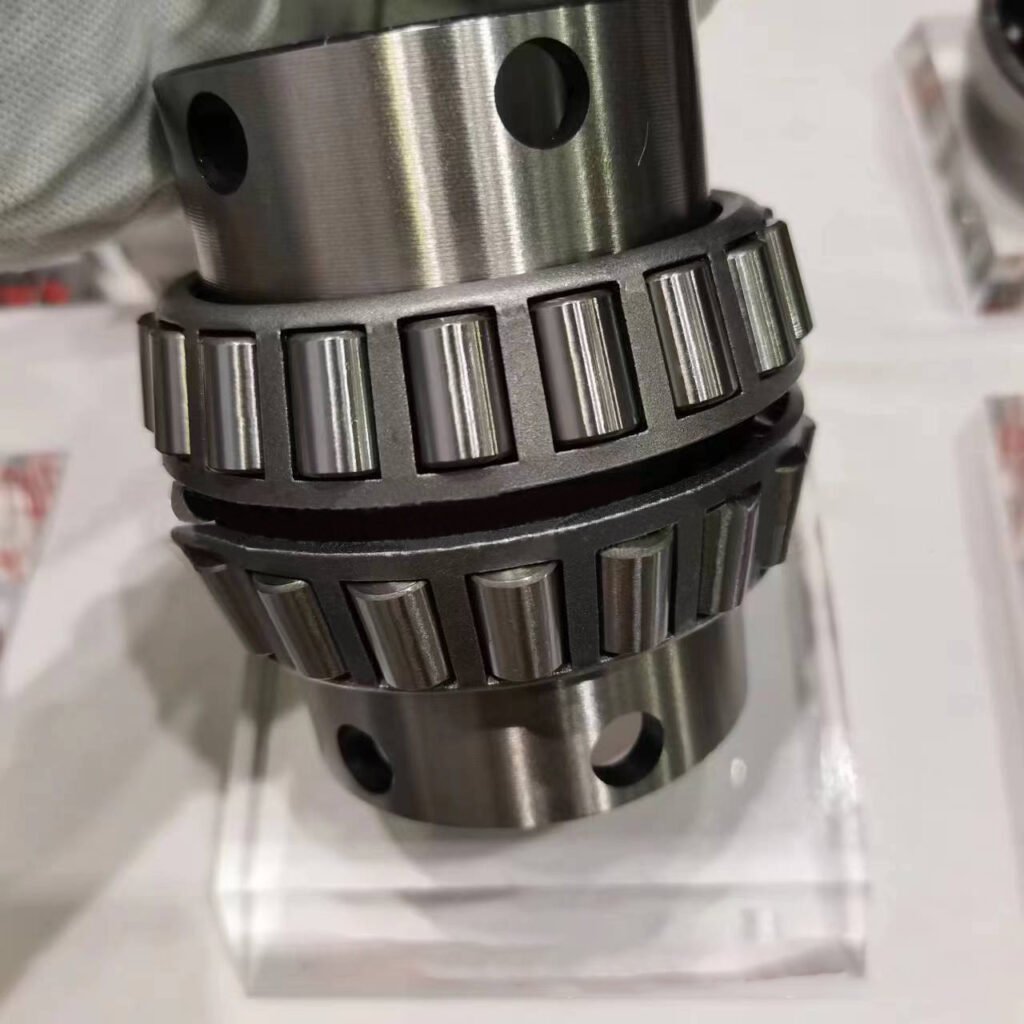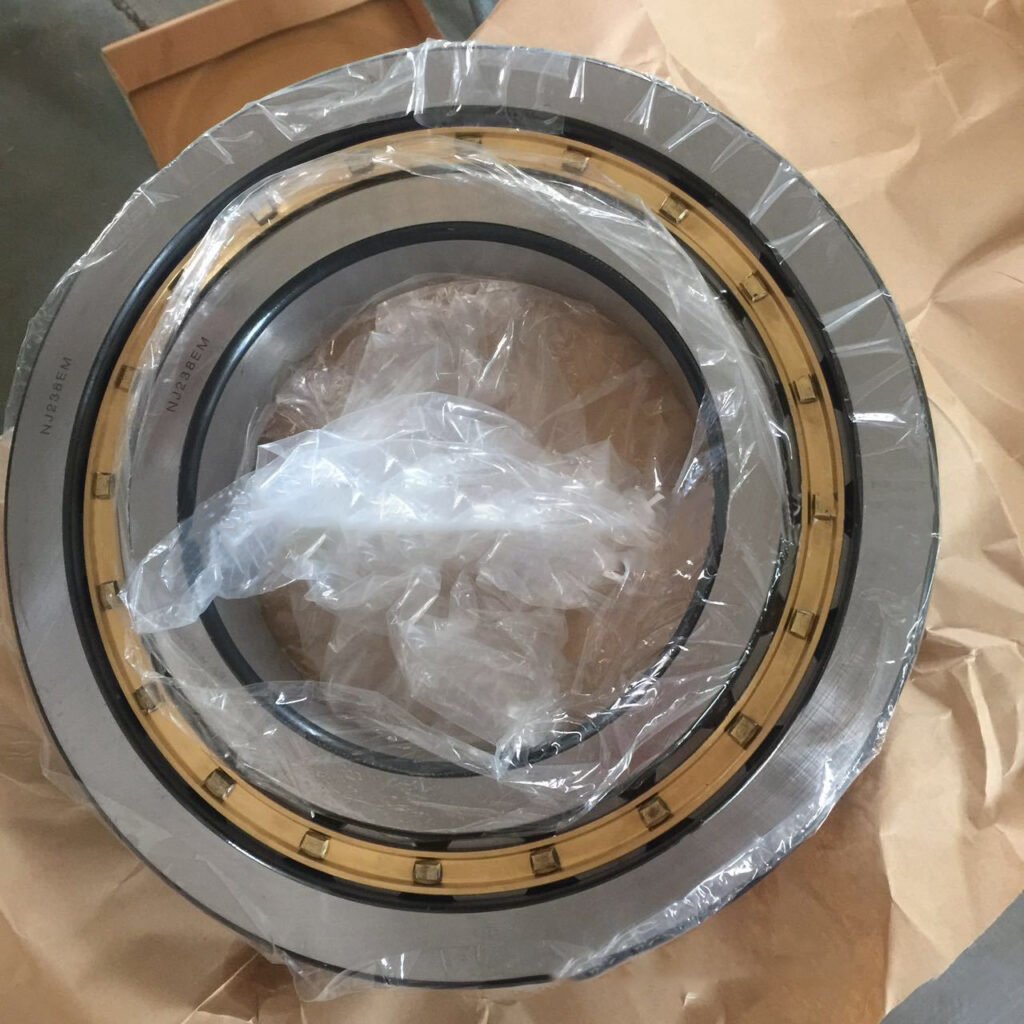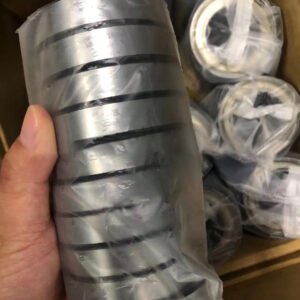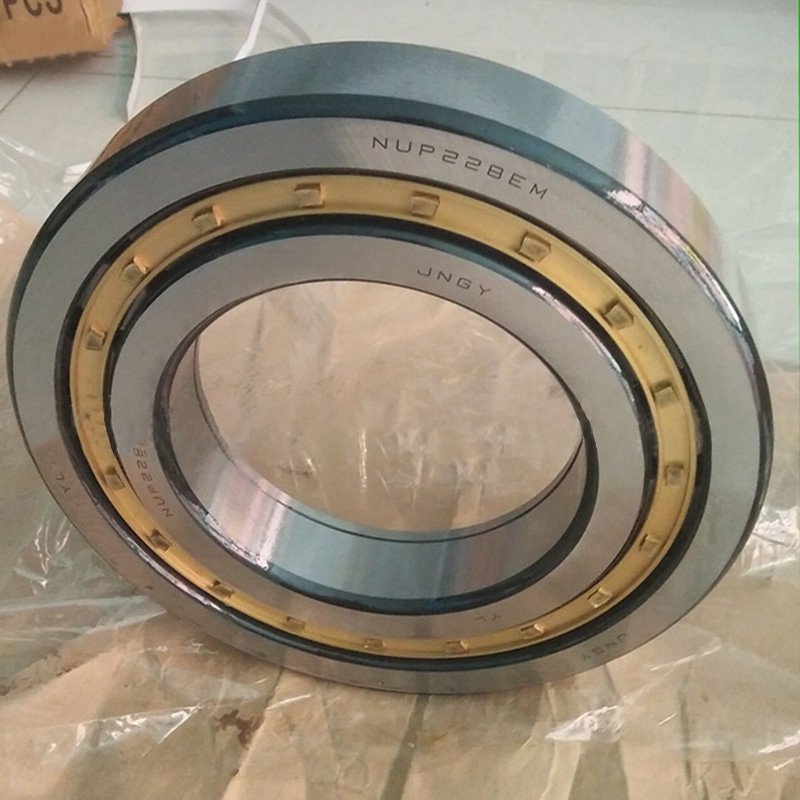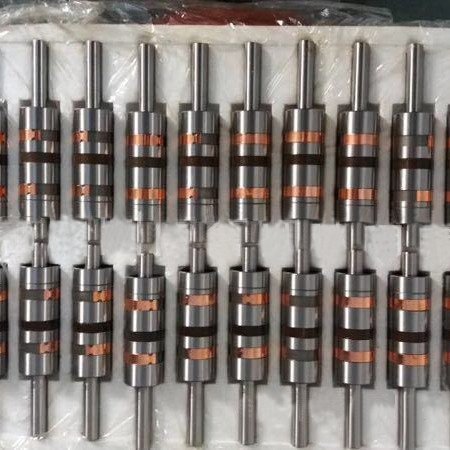As a key component in the operation of mechanical equipment, bearings can support the mechanical rotating body and allow the rotating body to rotate stably and smoothly. Among them, rolling elements are very helpful for the function of bearings. The industry collectively refers to them as rolling bearings, but what are the components of rolling bearings? This article will introduce them in detail.
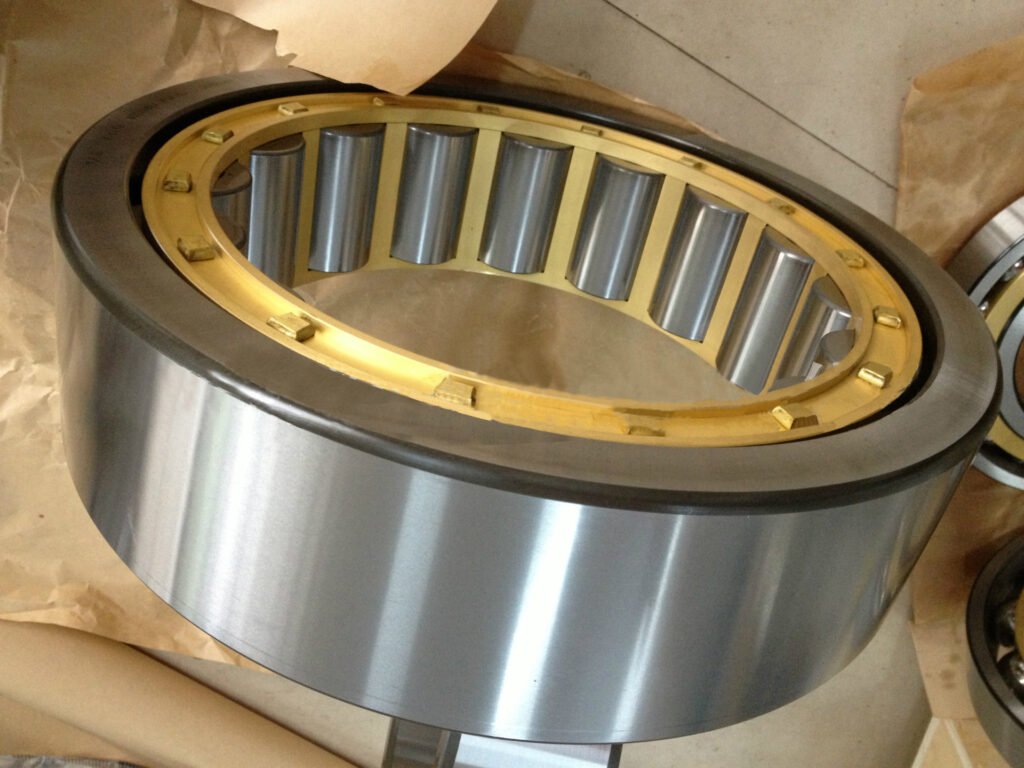
What parts does a rolling bearing consist of?
Rolling bearings are mainly composed of the following four parts, which work together to achieve rolling friction and reduce the friction loss of kinetic energy of the equipment ;
1. The inner ring is usually fixed on the journal and rotates with the shaft . The outer surface of the inner ring is provided with grooves for the steel balls or rollers to roll, which are called raceways. They can cooperate with the shaft and rotate with the shaft .
2. The outer ring is fixed on the bearing seat or the machine housing, and mainly plays a supporting role. There are also grooves on the inner surface of the outer ring for the steel balls or rollers to roll. It cooperates with the bearing seat to play a supporting role.
3. Rolling elements can be either steel balls or rollers. As load-bearing parts, the shape, size, and number of rolling elements will affect high-speed operation performance. The rolling elements are evenly distributed between the inner and outer rings with the help of cages. In addition to the two major categories of balls and rollers, rolling elements can also be divided into cylindrical rollers, needle rollers, tapered rollers, and spherical rollers.
4. Cage: This part does not directly bear the load. Its function is to evenly separate the rolling elements so that each rolling element can roll normally between the inner and outer rings. In addition, the cage can guide the movement of the rolling elements, improve the lubrication conditions inside the bearing, and prevent the rolling elements from falling off. Cages can be divided into stamping type, lathe type, and integrated type cages.
5. Lubricant is generally not directly listed as a component of rolling bearings, but it is an essential part of bearing operation. It plays the role of lubrication, cooling, cleaning, etc., and is key to the normal operation of rolling bearings.
What are the types of rolling bearings?
1. Angular contact ball bearings, whose model numbers begin with 7, can bear radial loads and axial loads at the same time, or they can bear axial loads alone and support working at higher speeds.
2. Deep groove ball bearings, whose numbers begin with 6, generally bear radial loads and can also bear a small amount of axial loads at the same time.
3. Cylindrical roller bearings , type code is N, the outer ring and inner ring can be separated, cannot bear axial load, and have greater radial load capacity.
4. Tapered roller bearings , type code is 3. It can bear radial load and axial load at the same time, and the outer ring can be separated.
5. Self-aligning ball bearings (type code 1), self-aligning roller bearings (type code 2) The outer rings of these two types of bearings are spherical surfaces centered on the midpoint of the bearing, so they can automatically align their centers and flexibly adapt to the deviations and changes in motion state that occur when the bearings and seat rings are installed.
Conclusion
role in the mechanical field . They are widely used and come in many models . If you are confused when selecting a model , you can consult a professional bearing application engineer .

